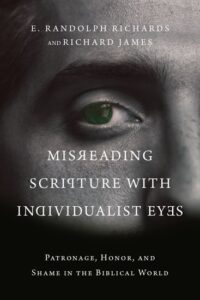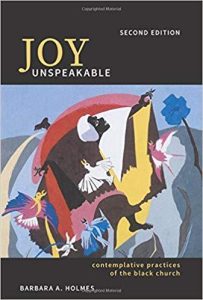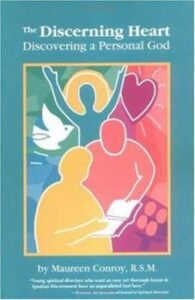 Summary: An exploration of individualist culture (like the modern US) and collectivist cultures (like the biblical era) and how that leads us to misread scripture and misunderstand biblical concepts.
Summary: An exploration of individualist culture (like the modern US) and collectivist cultures (like the biblical era) and how that leads us to misread scripture and misunderstand biblical concepts.
There is no way for me to adequately capture Misreading Scripture with Individualist Eyes in a simple review. There is no question it is among the best books I have read this year. I looked back at the pre-release PDF copy that I read, and I made notes or highlights on over 100 pages of a 300-page book. I also have recommended the book dozens of times since I started it.
Misreading Scripture with Individualist Eyes is a follow-up book to Misreading Scripture with Western Eyes, which I also recommend, and have read twice. Both books are pointing out how our presuppositions and the (often unwritten) assumptions of the authors and original readers impact how we understand scripture. While the Western Eyes book looked at 9 areas briefly, Individualist Eyes spends more time focusing just on three inter-related concepts, Individualist vs. Collectivist cultures, honor/shame vs guilt/innocence, and patronage.
One of the problems of reading scripture is how we have been shaped to understand the culture of the Ancient Near East by modern authors. It is common to hear that the Greek and Roman world did not value life or participate in charity. But Individualist Eyes complicates that picture because patronage, which is a type of community care, and charity, was common. Collectivist cultures do care for their community, but patronage systems thrive when there is a large wealth disparity and a low level of governance. The wealthy use their wealth for others to illustrate virtue. Those who are helped give gratitude, loyalty, and service to the patron. The Father and Jesus are both compared to patrons. Jesus’ comment, ‘if you love me you will follow my commands’ was a reference to a requirement for his patronage. Jesus feeding people was likened to patronage in the benefits it gave the people.
Where Jesus and Paul and other early Christians were radical was not in care for the poor and disenfranchised, it was in removing the boundaries between who you cared for. Patrons would care for the poor and desperate of their own family, social group, or ethnic or religious community. But the early Christians put social obligations to care for others as a family across those boundaries. NT Wright’s biography of Paul talks well about how the early church crossed boundaries. In addition, our modern sensibilities emphasize the importance of ‘no-strings’ gifts or charity. But communal cultures view the strings as part of the reason for gifts or charity. Those strings bind people together in relationships. There can be a misuse of that binding, and so Proverbs and other places give warnings at times, but part of covenant thinking, expressed clearly in the Old Testament and the New is that there is an ‘if…then…’ thinking in how our relationship with God works, a patronage relationship.
At the same time, Jesus (and later the early Christians) redefined the reciprocity of relationships. In Matt 5 when Jesus if someone wants to sue you for your shirt, give them your coat as well. I have heard that explained as a form of shame, which could be true, but it was more likely to be about trying to turn an “adversary into a friend.” (p 82)
Our cultural toolbox has limitations. In Western Christianity, there is an emphasis on sin and guilt. The Holy Spirit does use guilt to produce repentance, which should produce change. But many modern “Asian cultures don’t even have a word for guilt.” (p130) Instead, collectivist cultures tend to use shame as a boundary for appropriate behavior in order to draw people into the right relationship with the group. On the other side, honor functions as one of the tools to reinforce a group’s values and identity, also creating inclusionary boundaries.
One of the strengths of Misreading Scripture with Individualist Eyes is that it not just illustrates the concepts, but then uses those concepts in scriptural interpretation, highlighting areas where we modern individualists misread scripture. It is common that we ‘honor’ David for being a good shot in killing Goliath. But ancients would have honored David for trust God to fight for him. “We are not supposed to say ‘David killed Goliath.’ We are supposed to say ‘God killed Goliath.'” (p 149). Or in 1 Cor 13:4 and many other places:
Paul is indicating his achieved honor. In my individualist culture, boasting has negative overtones. “Don’t boast,” my grandmother warned. “Boasting is wrong.” That’s our values at work. So we quote Paul when he says love does not boast (1 Cor 13:4)…We fill in the gaps about why they are condemned: they are condemned for boasting, because boasting is wrong. Yet, if we look closely at these verses, Paul is not actually condemning boasting but boasting for the wrong reasons…Boasting in Paul’s culture…was to indicate achieved honor. Furthermore, since honor is collective, everyone else in Paul’s group also benefited from his boasting. For individualists, boasting is a way to put yourself ahead of your peers. For collectivists, boasting is a way to put you and all of your peers (group) ahead. (p 150-151)








